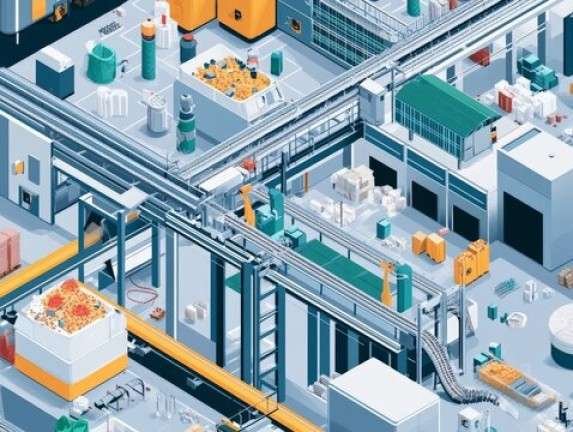By-products are secondary or incidental products that are produced alongside the main product during a manufacturing or production process. These products are typically not the primary focus of production but have residual value and can be sold for additional revenue or used in other applications.
Table of Contents
Characteristics of By-Products
By-products exhibit the following characteristics:
- Incidental Production: They are produced unintentionally as a result of manufacturing the main product. For example, sawdust generated during lumber milling or whey produced during cheese making.
- Residual Value: By-products have economic value and can be sold or utilized to offset production costs. Their value may vary based on market demand, supply, and specific applications.
Examples of By-Products
Let’s explore some examples to illustrate the concept of by-products:
- Example 1 – Oil Refining: In the oil refining industry, crude oil processing yields various by-products such as gasoline, diesel fuel, lubricants, asphalt, and petroleum coke. While gasoline and diesel are primary products, asphalt and petroleum coke are by-products used in road construction and industrial processes.
- Example 2 – Meat Packing: Meat packing plants produce meat products such as steak and ground beef as primary products. By-products include items like bones, hides, and offal, which can be processed into leather, gelatin, or pet food.
Economic Importance of By-Products
By-products contribute to economic sustainability and resource efficiency in several ways:
- Revenue Generation: Selling by-products generates additional revenue streams for companies, improving overall profitability.
- Cost Offset: Utilizing by-products reduces waste disposal costs and offsets raw material expenses, making production processes more cost-effective.
- Environmental Sustainability: By reducing waste and utilizing all parts of raw materials, by-products contribute to environmental sustainability and resource conservation.
Utilization of By-Products
Companies employ various strategies to utilize and maximize the value of by-products:
- Direct Sales: By-products are sold to other industries or consumers who find value in their specific properties or applications.
- Internal Use: By-products may be reused within the same company’s operations, such as using sawdust from lumber milling as fuel for heating or energy generation.
- Value-Added Processing: Some by-products undergo further processing to enhance their value before being sold or used in different applications.
Challenges in Managing By-Products
While beneficial, managing by-products presents challenges:
- Logistics: Handling and transporting by-products require logistical planning to ensure efficient and cost-effective operations.
- Market Fluctuations: The economic value of by-products may fluctuate due to changes in market demand, affecting revenue projections.
Conclusion
In conclusion, by-products play a vital role in various industries by providing additional revenue streams, reducing waste, and promoting sustainable practices. Understanding the definition, examples, and economic impact of by-products helps businesses optimize resource utilization, enhance profitability, and contribute to environmental stewardship. By effectively managing by-products through strategic utilization and market-driven approaches, companies can achieve greater efficiency, resilience, and competitive advantage in today’s dynamic business environment.





